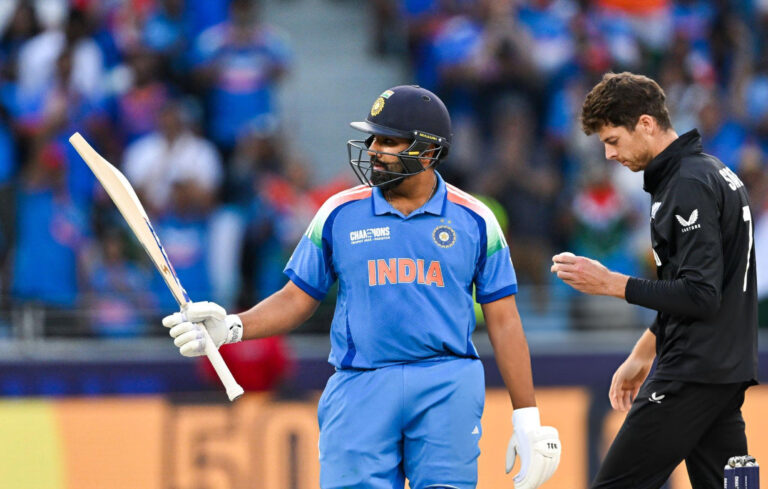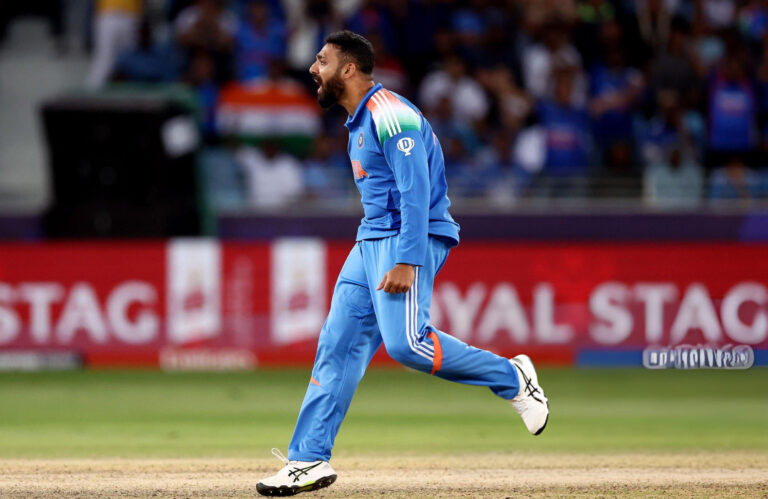
In a major leadership shake-up, the Board of Control for Cricket in India (BCCI), via its selection committee, has elevated Shubman Gill to captain the Indian ODI team, replacing Rohit Sharma. (Cricbuzz)
This is Gill’s first assignment as ODI skipper, though he is already established in India’s Test and T20I leadership conversation. The change comes with one eye firmly fixed on the 2027 ODI World Cup. The board clearly views this as more than a tactical switch — it’s a generational pivot. (Cricbuzz)
Let’s explore how this transition unfolded, Gill’s prospects, the balancing act of keeping experience in the squad, and what challenges lie ahead.
How the Transition Happened
Continuity in the Squad
The BCCI not only changed the captaincy but announced the full ODI squad for the upcoming series in Australia:
Gill will lead a side that includes Rohit Sharma, Virat Kohli, Shreyas Iyer (vice-captain), KL Rahul, Axar Patel, Washington Sundar, Kuldeep Yadav, Harshit Rana, Mohammed Siraj, Arshdeep Singh, Prasidh Krishna, Dhruv Jurel (wicketkeeper), Nitish Kumar Reddy, and Yashasvi Jaiswal. (Cricbuzz)
Rohit and Kohli, despite being relieved of captaincy, remain part of the squad — a signal that their playing careers are not yet over. Their experience is being retained, perhaps to provide stability, mentoring, or finishing capabilities. (Cricbuzz)
Gill’s Captaincy Background
At 26 years old, Gill brings youth and potential to the role. But his ODI captaincy experience is limited — he has only led in six List A matches before this appointment, with a win-loss record of 5–1. (Cricbuzz)
However, he’s already navigated captaincy in other formats:
-
In Tests, Gill’s leadership began earlier this year. He led India to a 2–2 draw in England and followed with a dominant win by an innings over West Indies. (Cricbuzz)
-
In T20Is, he’s also been in contention, and the transition to ODI captain further cements his role as a multi-format leader.
What This Move Means for Indian Cricket
A Future-Focused Approach
By handing over ODI captaincy now, the board is investing in long-term planning. Gill’s leadership is being shaped with the 2027 World Cup in view. The logic is clear: if a captain begins earlier, they get experience, cohesion, and runway to build strategies.
Blending Experience & Youth
One of the smartest aspects of this transition is that it doesn’t completely exclude Rohit, Kohli, or other veterans. Their inclusion alongside younger names provides a balance. Gill can lean on their experience while forging his own path.
Clear Message on Meritocracy
Ousting a heavyweight like Rohit from captaincy sends a strong message: leadership roles will be performance-based and not guaranteed. Even great names must adapt, sustain, or cede for the greater good of team evolution.
Potential Challenges to Manage
-
Managing Expectations: Gill will face scrutiny in every series. His performance as captain (tactics, man-management, decision-making) will be closely watched.
-
Cabinet of Roles: Role clarity will be vital. How Rohit and Kohli are used, how Gill delegates tasks, and how match responsibilities are shared will test team dynamics.
-
Leadership Style Transition: Gill has to stamp his own identity while honoring conventions, respecting senior voices, and building trust as captain.
Why Gill’s Appointment Is Significant
Youth at the Helm
At 26, Gill joins a new wave of Indian cricketers thrust into leadership early. Modern cricket demands captaincy that adapts fast — field changes, powerplays, data-driven calls. Youth may be an advantage, not a liability, in this era.
Signal of a Cultural Shift
India has been shifting from hero-centric squads to more system-centric ones. This appointment is in line with that — it’s the system over the individual, the plan over nostalgia.
Overcoming Inexperience
Gill has limited leadership exposure in 50-over cricket, but there’s potential upside. Other captains have learned on the job. With the right support (selectors, coaches, veteran input), he could build into a long-term, stable leader.
What Gill Needs to Do Well from Day One
-
Assert Tactical Acumen
In ODIs, reading conditions, bowling changes, and powerplay strategies define match outcomes. He must show clarity and decisiveness. -
Manage Big Names
Handling veterans like Rohit and Kohli — leveraging their experience without them overshadowing the captain — requires diplomacy. -
Ensure Performance
He must keep his own batting and form steady — captaincy won’t shield him from selection if he falters. -
Build Trust & Authority
In the dressing room, backing bowlers, backing plans, trusting key players — these are early tests of his leadership ethos. -
Plan for the Long Term
Building over years, not series to series — cultivating backups, building strategy, rotating leadership during padding or injury.
Final Reflections
The headline “Shubman Gill replaces Rohit Sharma as India’s ODI captain” is more than a change — it’s a passing of the baton. In cricket, eras shift, legends concede, and new voices take center stage.
Gill now steps into enormous expectations. But behind him is a team in transition, a board committed to rebuilding, and enough experience retained to guide the journey. If Gill navigates well, he won’t just be a captain for a series — he could shape a generation.


